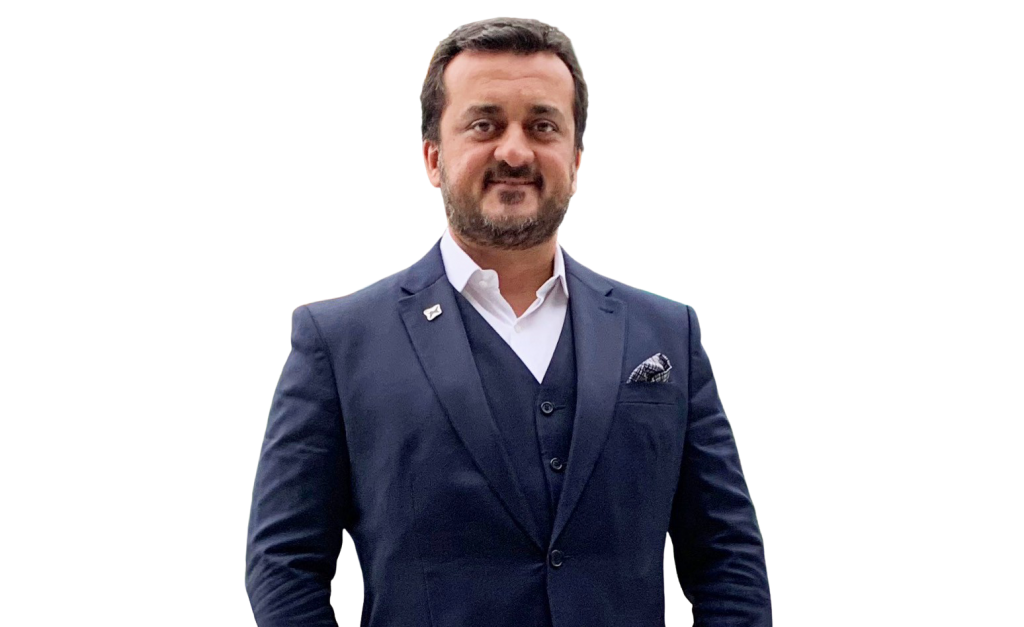Sport And Storytelling: The Ever-Growing Importance
May 13, 2021
Michel Cutait, Deputy Secretary General for World Obstacle, the international federation for obstacle sports, provides some thoughts on why sport needs the stories around it more than ever in the social media era.
Storytelling techniques have transcended the limits of literature, and have gained space in different markets and industries, including the world of sports.
With the expansion of communication channels, driven by digital technologies, social networks, and so many innovative platforms that are bringing people, leaders, companies, organizations, entities, and also nations closer together, storytelling has become an essential tool to generate public engagement, but mainly to create deep and lasting relationships between all parties involved.
Sports are an inexhaustible source of inspiring stories that bring messages of motivation, discipline, overcoming, determination, triumph, and fair play.
“The public has stopped playing a passive role in this constructive process and is no longer satisfied with just watching the games or supporting their favorite athletes.”
It’s not new that storytelling has been used by the sports industry, but not exactly as a central strategy in the main objectives of sports organizations, the promotion of the sport and its disciplines, the organization of events and competitions, and the representation of the interests of athletes and participants.
Promoting sports, organizing a world championship or creating athlete rankings is no longer enough, because the public has stopped playing a passive role in this constructive process and is no longer satisfied with just watching the games or supporting their favorite athletes. They want to be part of history.
Engaging the public has become a very complex task, requiring much more dynamic, broad, agile, and efficient strategies than before. Catching the public’s attention has become a challenge for all stakeholders in sports, which is why storytelling has gained a prominent role in this mission.
Without proposing a formal definition, in general, storytelling is a process that uses narratives and stories to tell a fact or a sequence of facts that can be real or fictional and that seeks to deliver a central message to a wide or specific audience.
In the construction of storytelling there are particular elements that are very important to ensure a successful narrative.
The environment or context needs to be well described so that the audience can place themselves in the story.
“Causality and transformation are also essential elements because they are precisely the link between the facts that are being told and the message that will be delivered in the end.”
The public or target audience can be defined by their specific characteristics, but understanding their identities, needs, and preferences will really make a difference if the message is meant to reach the right people.
The protagonist and coadjuvants are the characters in the story that will captivate the audience with their qualities, weaknesses, idiosyncrasies, and personalities.
Causality and transformation are also essential elements because they are precisely the link between the facts that are being told and the message that will be delivered in the end. The protagonist and the coadjuvants need to face this journey to create the thread to the end of the story.
The concept and idea behind the story is precisely the message that is underlying the narrative, it is the concrete foundation that serves as the ground for the entire sequence of facts that will be experienced by the characters.
There must also be surprise and emotion, because this is the critical moment when the characters are confronted with the transformation that will attract, capture, and fascinate the audience.
In sports, as in literature, stories can be told in many different ways, such as comedy, drama, tragedy, romance, and all the other genres that are part of the epic human journey. And each style has a message to be delivered.
It is not an easy choice, neither is it simple to create a Storytelling that is simultaneously interesting, captivating, intriguing, and exciting. So the construction of the narrative needs to be done with enough attention to reach the final objective of creating a strong bond with the public.
“They are truly powerful strategies to engage the public, to attract their attention, to generate emotional bonds, to inspire future generations.”
In the world of sports there is an infinite number of stories that can be shared, about the athletes and their struggles, determination, and resilience; the competitions, the games, the races, the fights, and all the obstacles that need to be overcome to win the gold medal or first place; the friendship, loyalty, and unity among the teams; the message of peace between nations; and also the legacies that are being built in favor of the entire society.
Stories are everywhere, they are waiting to be widespread around the world, they are truly powerful strategies to engage the public, to attract their attention, to generate emotional bonds, to inspire future generations, and to create deep relationships, which, in the end, will be the foundation for the sport to continue growing and developing at the heart of society.
Michel Cutait is a Senior Executive Manager dedicated to the World of Sports. He is currently working as Deputy Secretary General for the World Obstacle (FISO – Fédération Internationale de Sports d’Obstacles) and as Strategy Advisor for the Brazilian Triathlon Confederation. He studied a Masters in Sport Administration and Technology at EPFL (AISTS Programme) in Lausanne, Switzerland.



